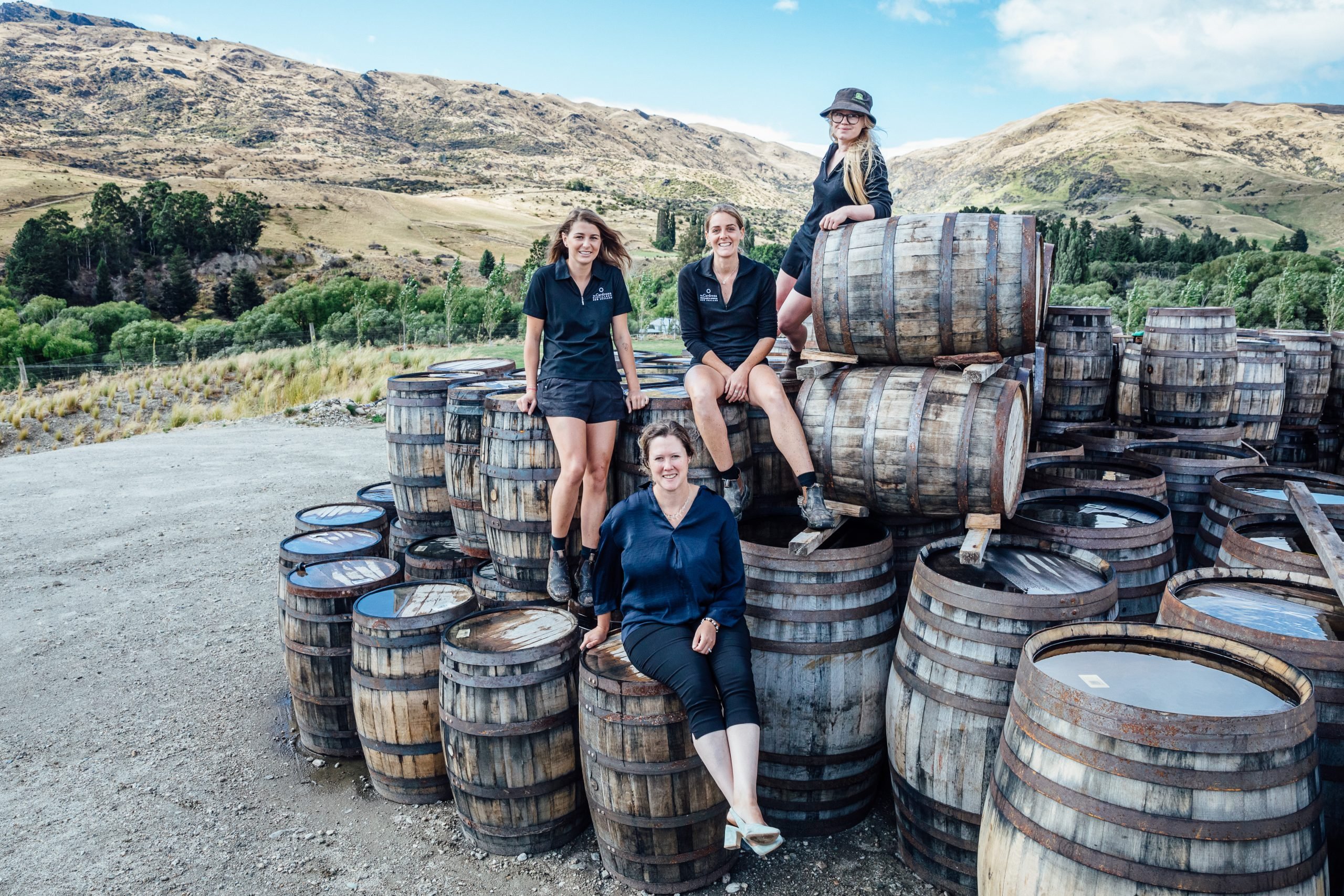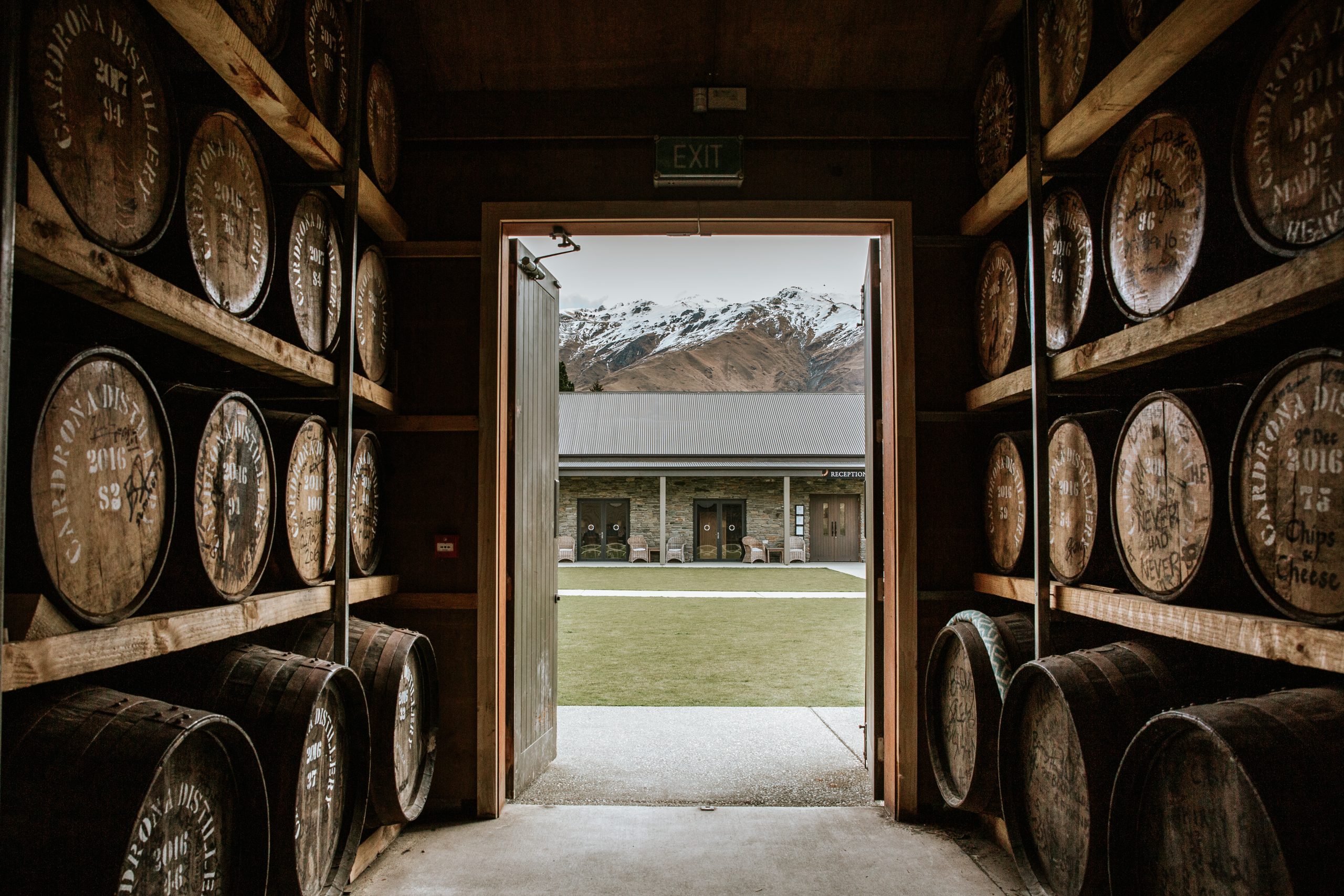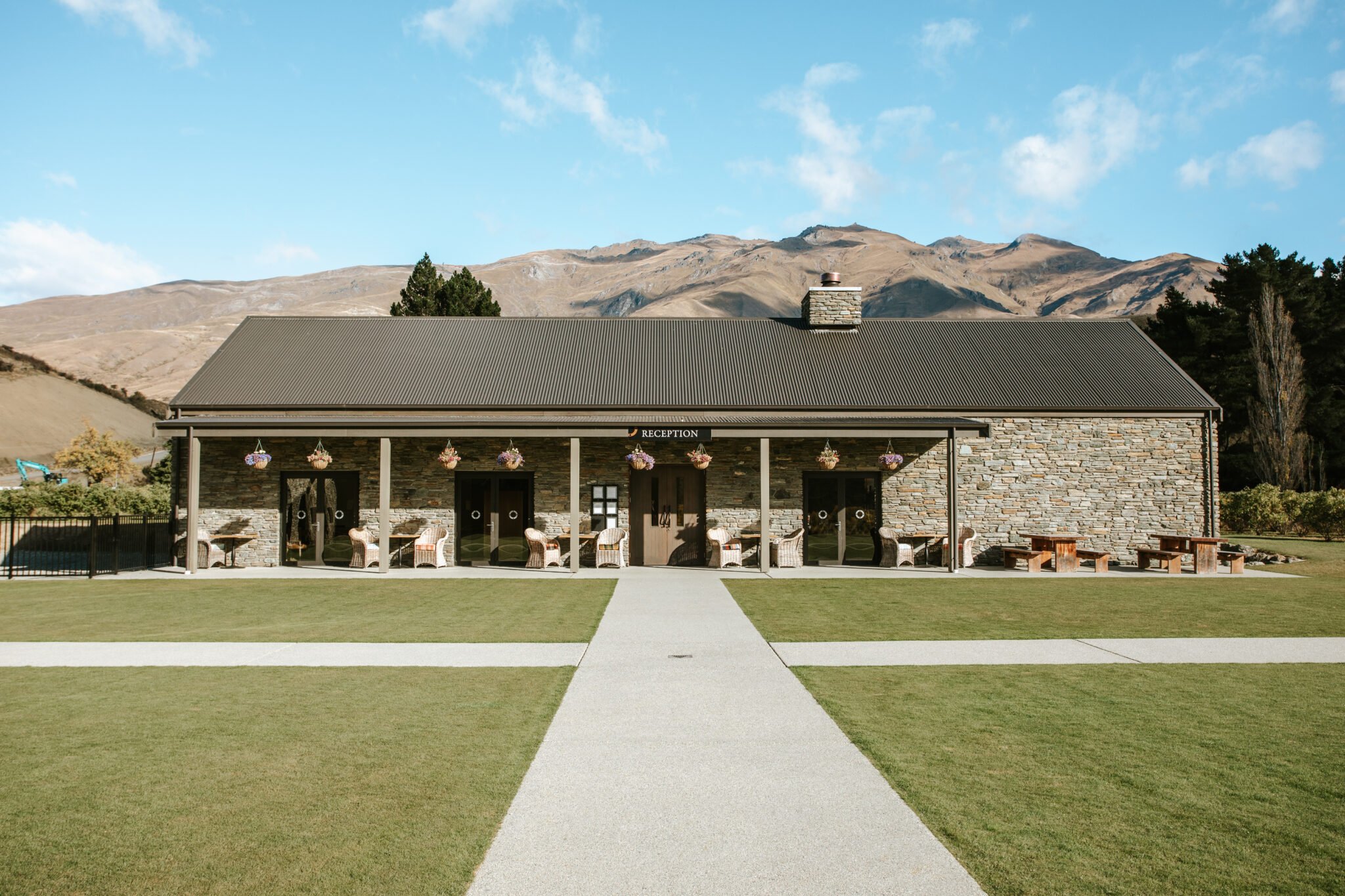They say that grape and grain don’t mix. Indeed, the whisky trade almost relishes in those tropes which see single malts as punchy and pungent. They’re the unforgiving essence of the hauntingly beautiful landscapes they are distilled in. They have heritage, sure, but they’re rough around the edges and proud of it.
Wine is an altogether subtler affair, right? Alcohol strengths are lower, and the tasting notes are cleverer if just as pretentious. More French words are thrown around. Things are quieter. More civilized. They’re different businesses and they appeal to different crowds who drink in different places.

But what if they’re much closer endeavors than assumed?
Sarah Elsom would know. She’s the head distiller of Cardrona, one of New Zealand’s newest distilleries, and a (partly) reformed winemaker. Handily, that meant that we had to work through an Otago pinot noir and then a few drams of the whisky she makes to prove ourselves wrong.
Q: Your background is wine. You studied viticulture and chased harvests from country to country before returning home to New Zealand. So, how did you end up distilling whisky?
A: My family always drew me home between harvests. But vineyards drew me to Central Otago over my hometown of Dunedin. My path to distillation was one of good timing. When a world-class distillery is being built down the road and you’re already fermentation obsessed, there’s no way you’re not going to check it out.
I hadn’t quite lined up my next move and visiting the building site that was Cardrona Distillery, in late 2015, was enough to completely tilt my world on an axis. There was such buzz and excitement among the people working on site. Distillation was something new, but it felt like a natural extension, or side step, while remaining connected to celebrating raw materials and working with oak. It felt like the right move and still does.

In the wine trade, terroir—the notion that the land makes the wine—is everything. Does it have a place in whisky?
Absolutely. Perhaps even more so because it dives into a deeper meaning of the word, beyond growing conditions unique to a single year and soil type. Terroir is also the people and the nuances of a place. Then, of course, there is the maturation; the spirit ages in a permeable vessel for years, breathing in the essence of the land it is resting in. Whisky is absolutely a reflection of place.
And what about those perceptions of whisky as that hardened and fiery spirit best for fireside winters and bracing seas? Is whisky making a gentler, more nuanced affair than many think?
That whisky exists. I love that notion. The take home is that so do other styles AND other (just as romantic) sipping situations. Those curious about whisky are often introduced to an aggressive spirit that has them retreating back to what they know. Whisky can be seductive, elegant and layered. If it’s too hot for you, add water and let the dram reveal itself. If you can’t get past the smoke, understand that use of peat is a stylistic decision and one that you may need to work up to. Or not. I promise you, there is a whisky out there that will pull you in. The beauty of the way the industry is heading right now is that you may discover whisky in a highball or a beautifully balanced cocktail. You may find it paired with a dish or my favorite, as a boilermaker; a dram paired with a beer.

Distilling in New Zealand’s rural Southern Alps is presumably not for everyone; can tell us about the team at the distillery?
It attracts the adventurous type. We live in nature’s playground. Right now, our grounds and maintenance manager, Chris, is out shoveling snow so our visitors can access the front door!
Beyond the extreme beauty of Cardrona, it is Desiree’s [Cardona’s Founder] story that attracts people to work here. Her’s is of an incredible woman; one who sells a successful farm and travels the world absorbing knowledge, in pursuit of a passionate career. This place was built from the ground up; that takes a lot of grit and confidence in yourself and the people that engage along the way. You can’t help but want to be a part of Cardrona Distillery when that’s the story you’re a part of.
What defines Cardrona’s raw spirit character? And how does your production setup contribute to it?
Cardrona’s new make spirit is rich. It’s sweet but layered, and floral but in a way that leads you to honey, not to perfumery notes. It is full of anticipation. Our single malt white [raw, unaged] spirit turns heads. Far removed from neutral, it is ester-laden, with pears and banoffee at the forefront.

And in terms of maturation, Cardrona has already done a fair amount of experimenting. Which wood types suit your new-make spirit best?
It is too early to choose just one and I believe the spirit will sing with different expressions as it matures. Sherry aged spirit is seductive now as it can stand up to a strong, raw new make. The pinot noir casks are the ones to watch as we move into this next chapter of maturation.
Your whisky is still relatively young; how do you expect Cardrona’s spirit to age over time? Can you already tell where it is going flavor-wise?
Right now, it’s about watching the disconnect fade between what the spirit offers and what the oak adds to that. A cask sample can taste different on any given day. We look forward to the challenges and learnings to be had in constructing marriages and selecting single cask expressions. It’s really not a bad gig!
Best way to enjoy a whisky?
However you like it. The ‘how’ puts up walls. The Cardrona team are all about people discovering whisky, enjoying new expressions and falling in love with old favorites time and time again.









